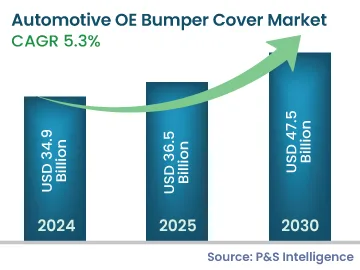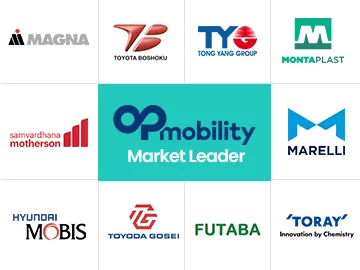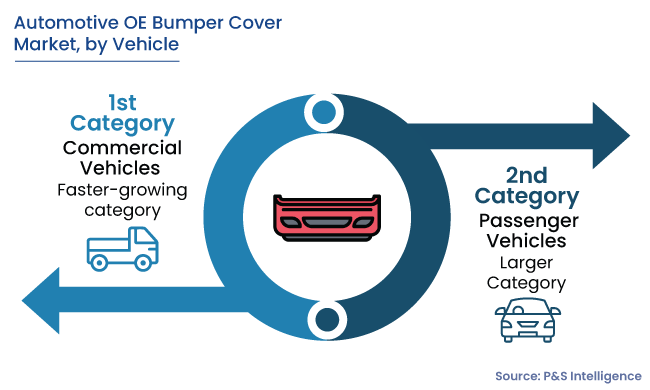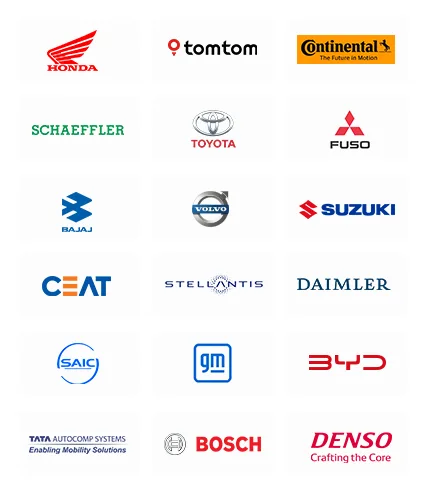Automotive Oe Bumper Cover Market Analysis
The automotive OE bumper cover market generated revenue of USD 34.9 billion in 2024, which is expected to witness a CAGR of 5.3% during 2024–2030, to reach USD 47.5 billion by 2030. This is due to the growing concern regarding vehicle safety and that of travelers. The increase in global population drives the count of road accidents, highlighting the urgent need for safer vehicles. The advancements in the automotive technology have made it possible to avoid such situations with the help of smart features in vehicles, such as bumper covers, which can increase the shock absorption capability of vehicles, as well as reducing the impact during minor collisions. It is beneficial for both occupants and pedestrians as it reduces repair costs and prevents severe injuries. This it does by distributing the collision force across the surface efficiently.
In addition, consumers prefer stylish and aesthetically appealing vehicles, which significantly contributes to the rise in the bumper cover market. Vehicles are often selected by the consumers on the basis of their exterior appearance and bumper cover is a prominent part of it. Automakers are responding to these preferences by developing bumper covers with sleek design, integrated amenities such as LED lights and configurable options to enhance the overall appearance of vehicles. The design of the bumper cover varies based upon the vehicle model and is available in a range of shapes such as flat, round, tubes and channels.
Moreover, growing demand for lightweight bumpers is the key factor driving the automotive bumpers market. Lightweight materials are highly used for bumper covers as it plays a vital role in enhancing fuel economy and reducing carbon emissions. These materials provide durability and impact resistance while lowering the entire weight of the vehicle. These lightweight components are often used in electric and hybrid vehicles to increase the efficiency and overall performance. These bumpers are easy to handle during production, assembly, and repair processes, resulting in cost savings.





